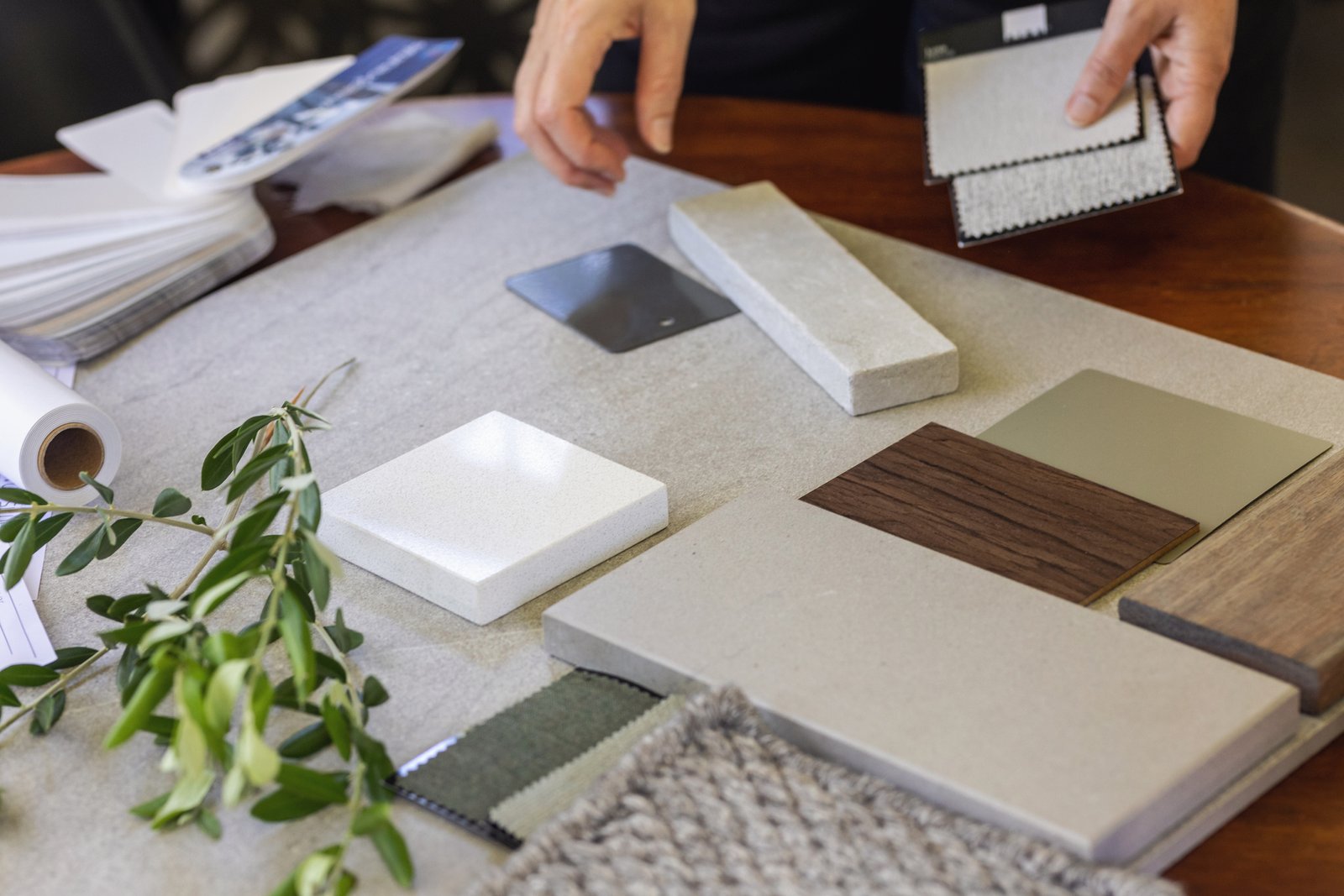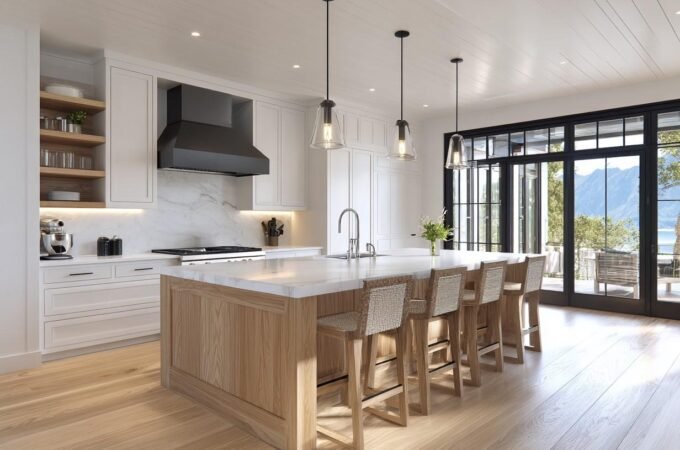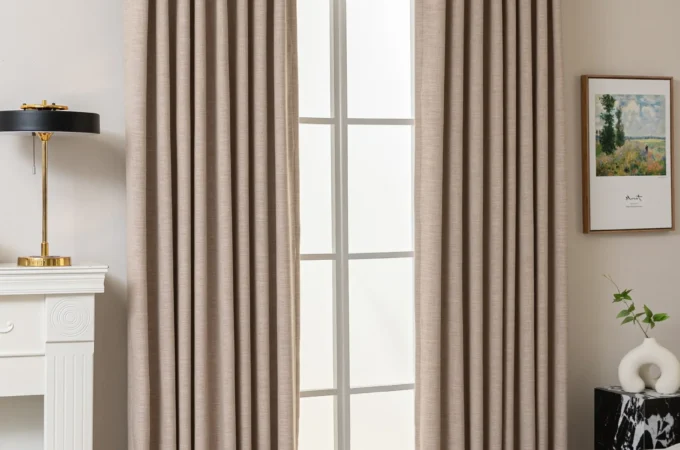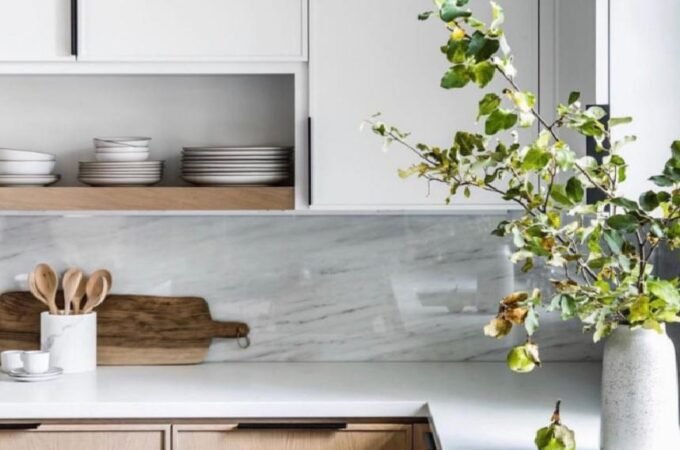
Your Guide to Design a House like a Designer
If you’re about to embark on the journey to design your house, this is no small feat and it can feel overwhelming. But before you let the worry and stress get to you, take a deep breath and keep on reading. In this guide, we’ll break down how house designers design houses they’re working on and what considerations you should be thinking of when designing your own!
So take a deep breath, grab a cup of coffee and let’s break this all down.
How to design a house like an architect
When a professional house designer gets tasked with designing a home, there are a couple of basic foundational blocks they address first. This can include things such as:
- Determining the square footage of the home
- Considering physical layouts
- Making a general budget
- Use sketches and lists to keep yourself organized
Know what space you’ll need before diving into the details
As you begin designing your home, you’ll want to think about the overall square footage that you want your home to have and how you want to divide it amongst the different parts of your house. Adding space in one area can mean sacrificing it in another, so it’s important you have a general idea of what priorities are important to you in terms of size.
Different rooms can need different flow patterns, depending on the flow pattern you go with this can give the room the illusion it has more space than it does. You want to plan for your necessities without being overly extravagant. There would be no point in allotting extra space to entertain guests if you don’t have enough space to put them or provide for them (by this we mean having extra guest bedrooms and enough washrooms).
It’s important to keep in mind that a bigger house doesn’t always mean better. What matters the most is there is a natural flow to the spaces connected throughout your home.

Consider the physical layout of the lot
What is able to be built and able to be built will greatly depend on where you’re building your home and what the land is like. For example, if you’re building on a side of a hill, this can present design difficulties as well as unique opportunities.
One of the best people to speak to about analyzing the lang and determining what design features are possible while optimizing the spaze and quality of land is an architect. If you are attempting to design your house like an architect,
Take note of physical features you’d like to highlight, and plan each room around the way you want the windows facing. Try to incorporate the outdoors where you can. By taking the time to consider and try to connect the indoor and outdoor spaces, you’ll make the most out of the space that is available to you.
Create your budget
A budget will help keep your design under control. It’s important to address and decide your budget upfront so you can spend on your project appropriately. You’ll want to create a list and prioritize your expenditures by categorizing them into “nice to haves”, “must haves” and “not a priority”. This can help you narrow down refine any idea you have and their feasibility by expense.
One tip house designers use when designing a home is turning everything into a spreadsheet. There they input all elements of the design as well as any fixed costs alongside cost estimates. If you are planning on sourcing any materials, it’s best to calculate the square footages to estimate your materials costs as well.
Another tip is to add in an additional 10-20% for overruns costs. Once you have set your budget, it’s important to try and stick to it. It can be tempting to deviate from the budget especially once you get more and more into it but unless you can honestly and truly afford it don’t do it.
Use sketches and lists to help keep you organized
As you progress through the home design process, you might often find you need to communicate with your designs and construction teams about what you need and want for your house. It helps to have visual aids and a clear sense of what you’re after.
As you continue on you may find some of your ideas aren’t feasible but this is okay! By brainstorming freely, you can discover something even better and more creative than what you originally thought.
There are now some software programs you can use to assist with making the design process easier, however most experts still recommend the old school approach of a pencil and paper!




